Finding The Way Out
November 30, 2021
Being homeless is daunting. From the cold nights to the long days, this is what life is for many people throughout San Rafael. We see homeless people every day on the streets. We wave, say, “Hi,” or maybe give a dollar or two. For them, the simple act of acknowledgment is fundamental to their motivation to get out of their precarious situation. While it’s hard to fathom the tent camps, the cars with piles of belongings, and sometimes people with no shelter, it’s key that we understand what exactly is going on here.
Services such as Downtown Streets Team, or Opening Doors Marin, are straightforward and easy for people to use. Recently, our county experienced a tropical storm that devastated homeless encampments, personal vehicles, and boats. These people left with devastating losses are reaching out to homeless services more than ever. The process to get into these programs is known as Coordinated Entry, a way to filter and sort priority members.
For many, homelessness is their only option. Homelessness can mean many different circumstances including being in a shelter, living in your car, living in a tent, or living without the standards of cleanliness, hygiene, and basic necessities, such as food and water. Food and water are always the key things to provide when a homeless person is in need of assistance. As outlined by Zoë Neil, San Rafael Project Manager, and Sean Williams, Lead Case Manager North Region Marin County, of The Downtown Streets Team, “They need socks, hygiene kits, and other necessities that are fundamental to a person’s cleanliness.” Although these types of items are continuously donated, there are never enough for the entire homeless population. Especially as we enter into the winter months, people on the streets and altered living conditions can suffer immensely through the cold and the rain.
Williams added, “Something our team members have shared with us before when they’re out beautifying the streets, they feel like they have armor on.” The feeling of armor that these loyal members wear gives a sense of pride and leadership as each individual takes on, a long-lasting goal of Williams and Neil.
Andrew Hening, a Homeless Coordinator in Marin County, stated, “Homelessness is caused by either mental illness, addiction, behavioral health, or economic status.” These topics are vast and form a sea of complexity, however, we need to understand the roots behind what is going on here. For many years Marin county had a map called The Red Line Map. This relic of a map is a thing of the past but does play a key role in homelessness today. The Red Line Map is a chart used by insurance companies and other businesses to marginalize ethnic groups’ cost of living or ban on housing. These maps place a huge burden on these ethnic groups’ costs. Historically, it has been harder for these groups to become financially stable and rise in economic class due to this phenomenon, and live the American dream.
Henning continued, “We need to prevent underage drinking.” Drinking at a young age can cause a plethora of problems later on in life. Whether that be from too much drinking to abusing alcohol, young adults all over the county need to realize that if you start drinking at a younger age you have a higher chance of becoming homeless. This can lead to behavioral issues, economic problems, and eventually, family or marital problems; all of these can lead to some form of homelessness. Ending alcoholism in young adults would play a huge part in ending homelessness.
Henning outlined that most homeless people simply want to live a better life. They are seeking work and refuge. “Most homeless people often go through a shorter span of time living on the streets of San Rafael.” Counselor Susan Gatlin described “There is homelessness, and also housing insecure. We have students who share their homes or apartments with non-family members to make ends meet.” That statement shows that students and our community gets impacted no matter how little we see it.
Fundamental programs such as affordable housing, where the tenant only has to pay 30% (of their total income) or less on housing, has been a fundamental task brought about by our local and state governments. These housing projects have been erected all over the county. While these projects alone won’t end homelessness, they do help families in need of financial assistance.
Going forward, our community needs to set realistic expectations. Homelessness will not go away entirely. Education, jobs, and family are fundamental to ending chronic homelessness. Henning and Williams have the same goal: Their team and themselves want to shorten the period of homelessness that someone must endure. Something that our City and others can accomplish by greater awareness, funding, and having more dedicated members who can assist in these steps to end chronic homelessness.
So- Stay alert, helpful, and passionate towards these homeless people during the winter months. It’s hard for them already. To have a fed soul, some warmth, and hope can make a huge difference in their life, and maybe even yours.


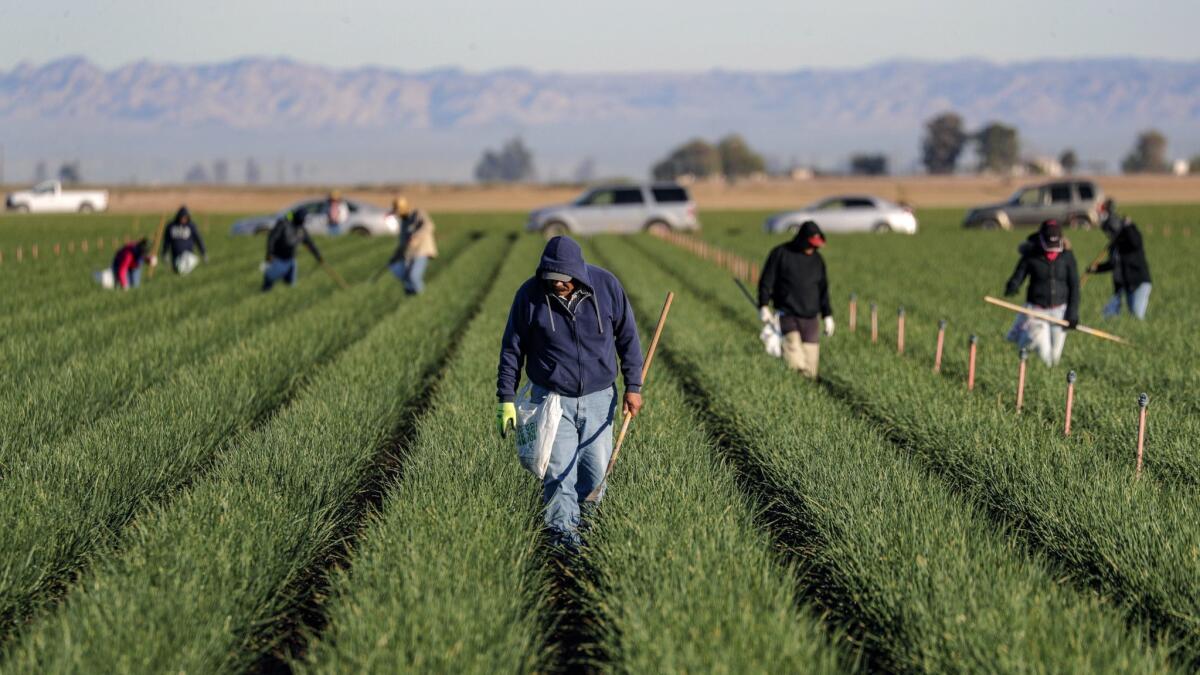
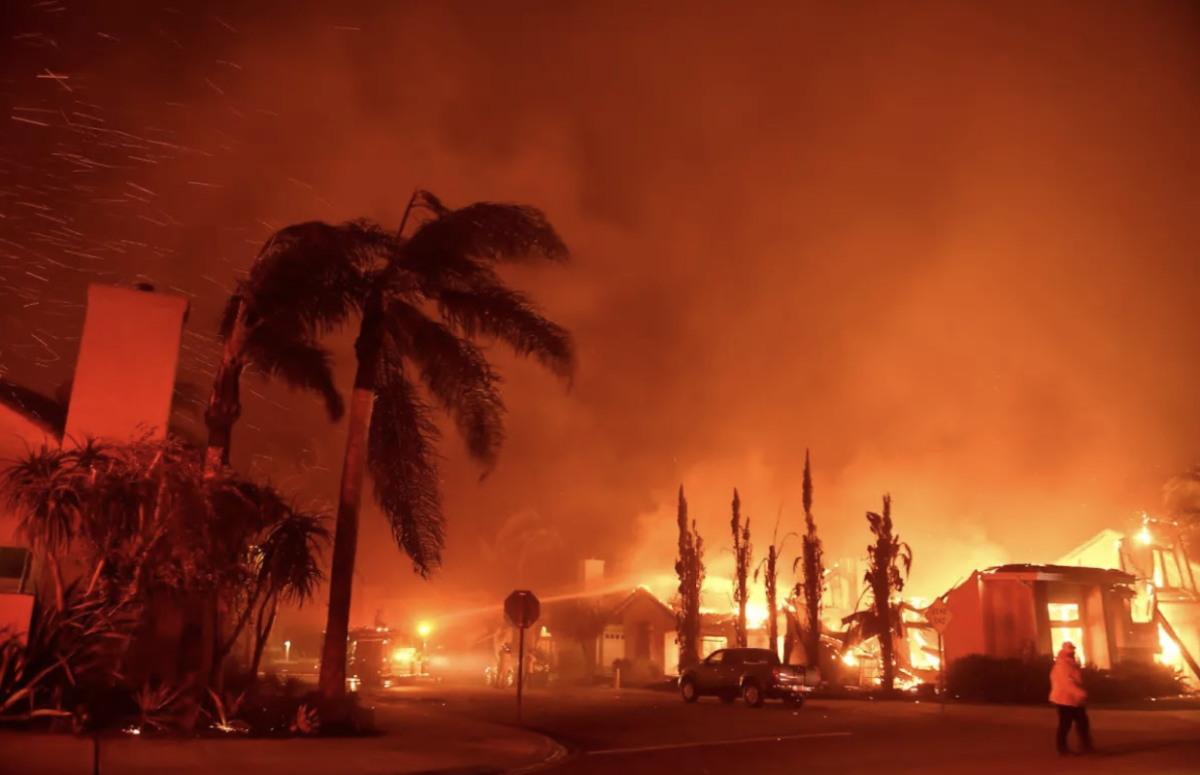
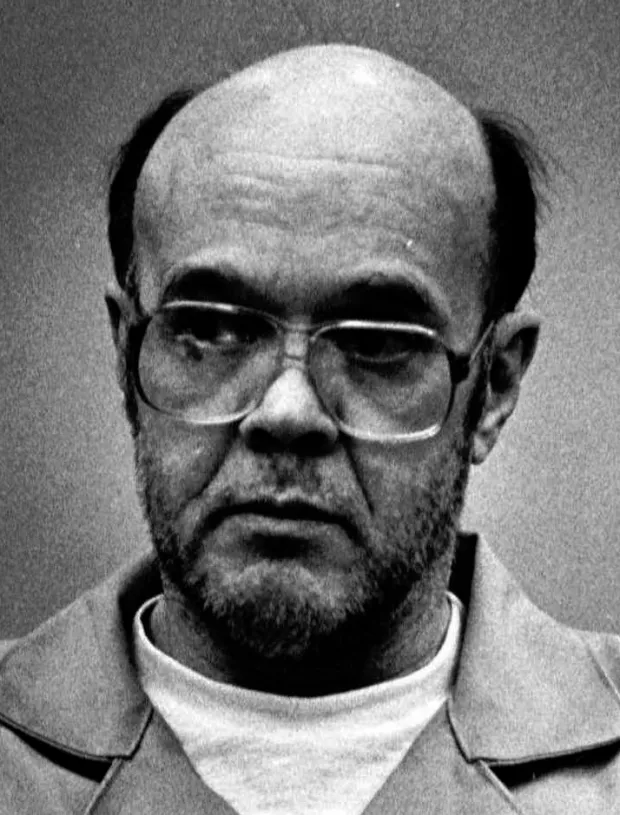
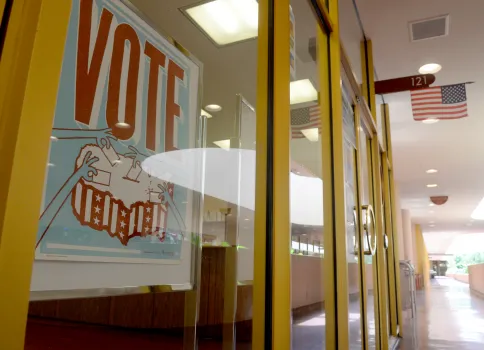
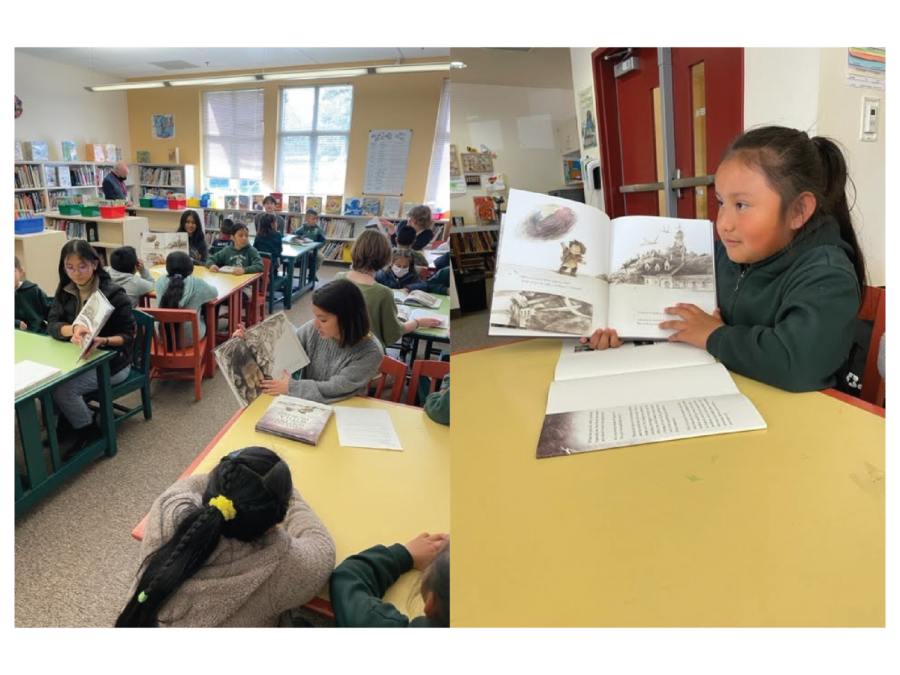
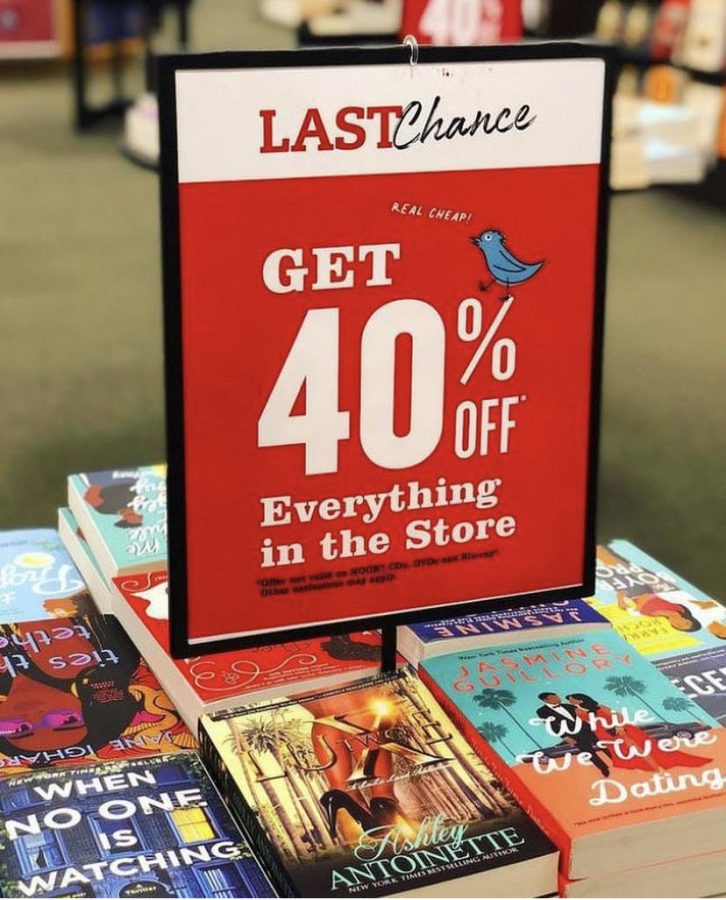


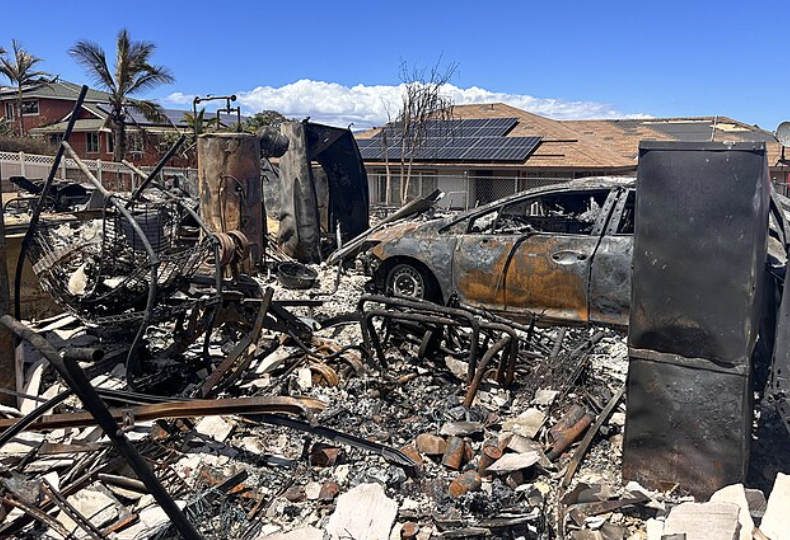
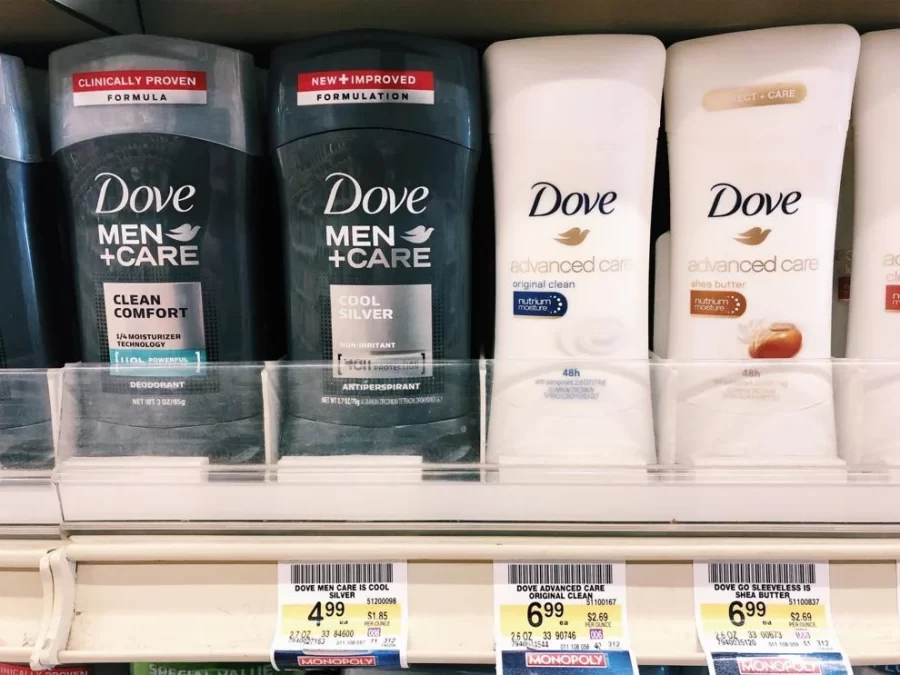


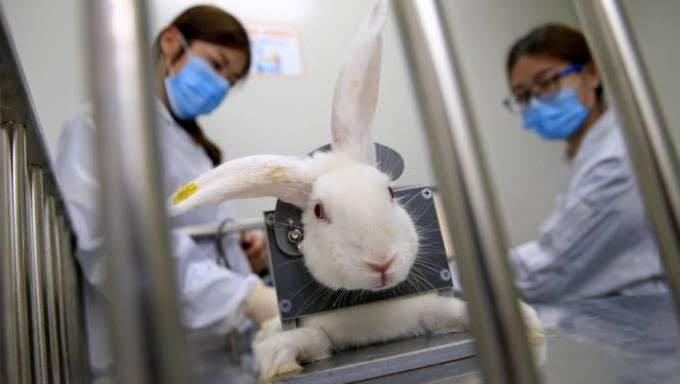




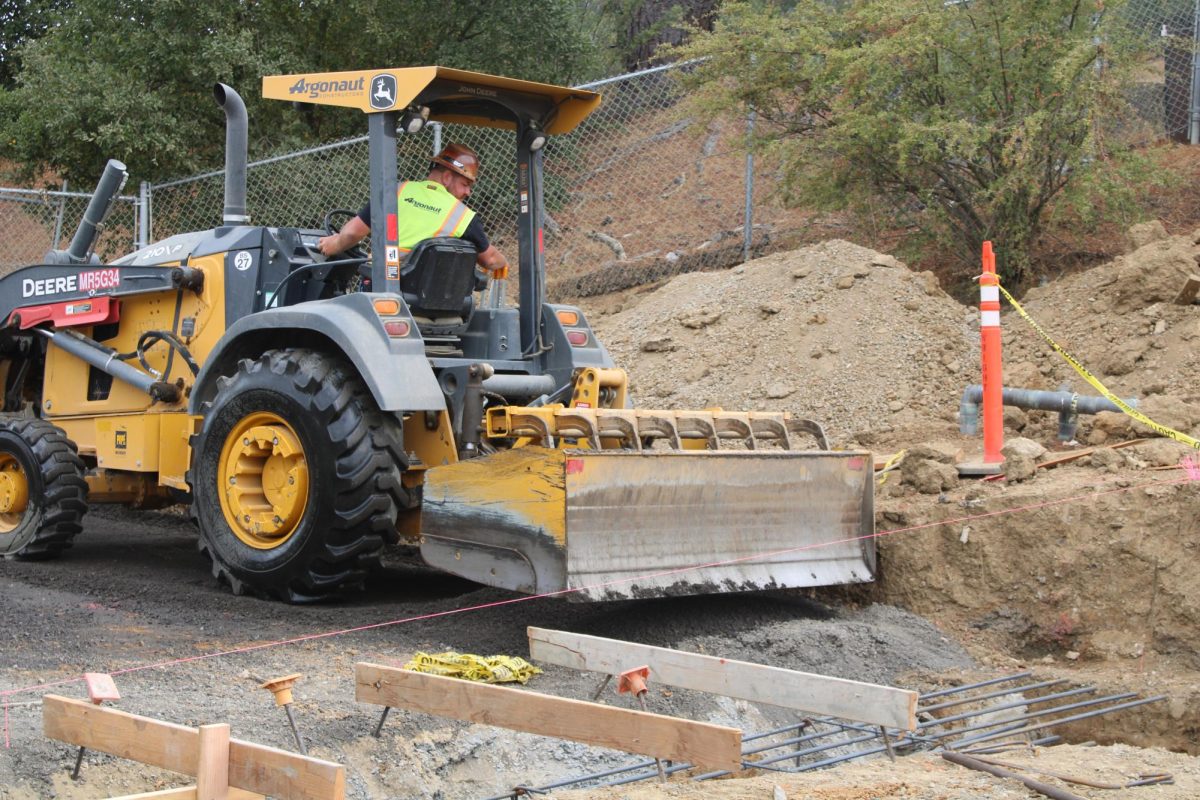
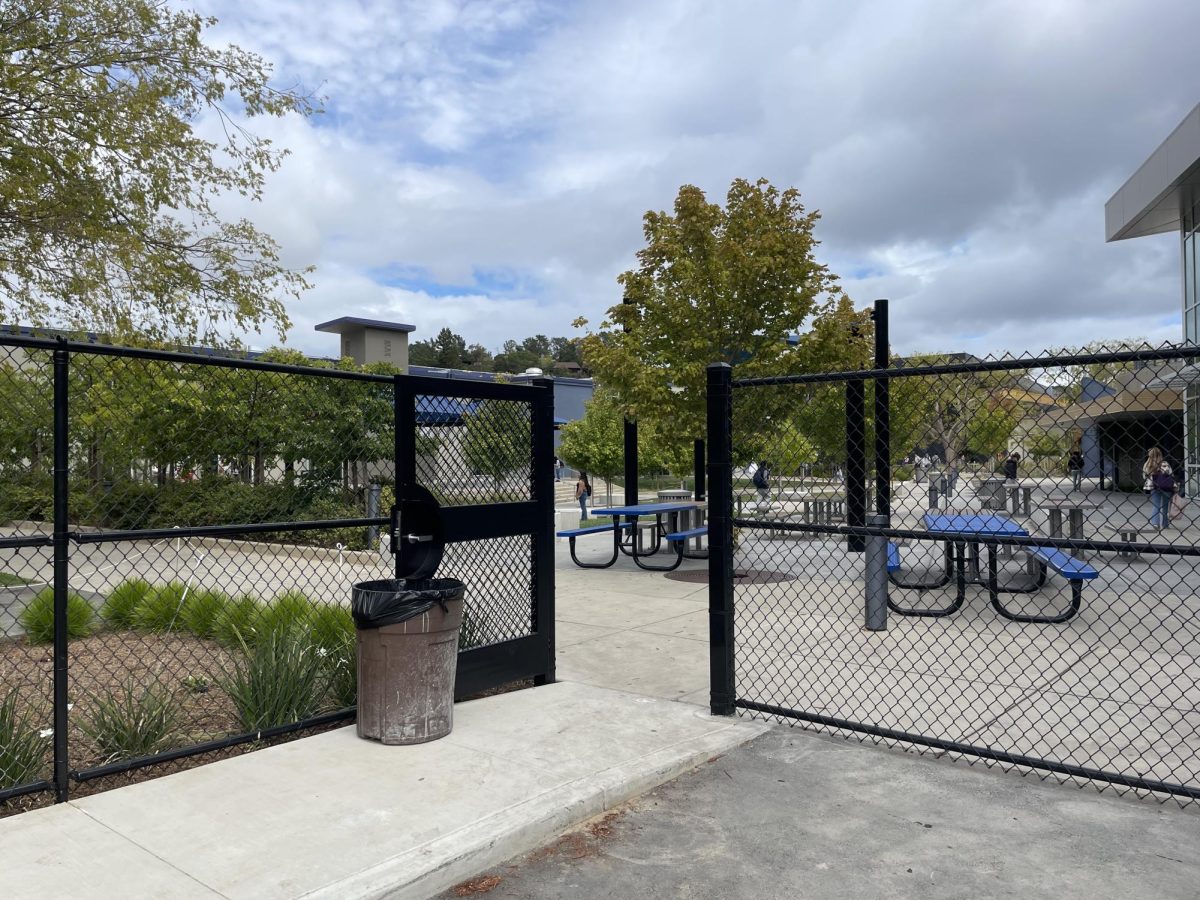
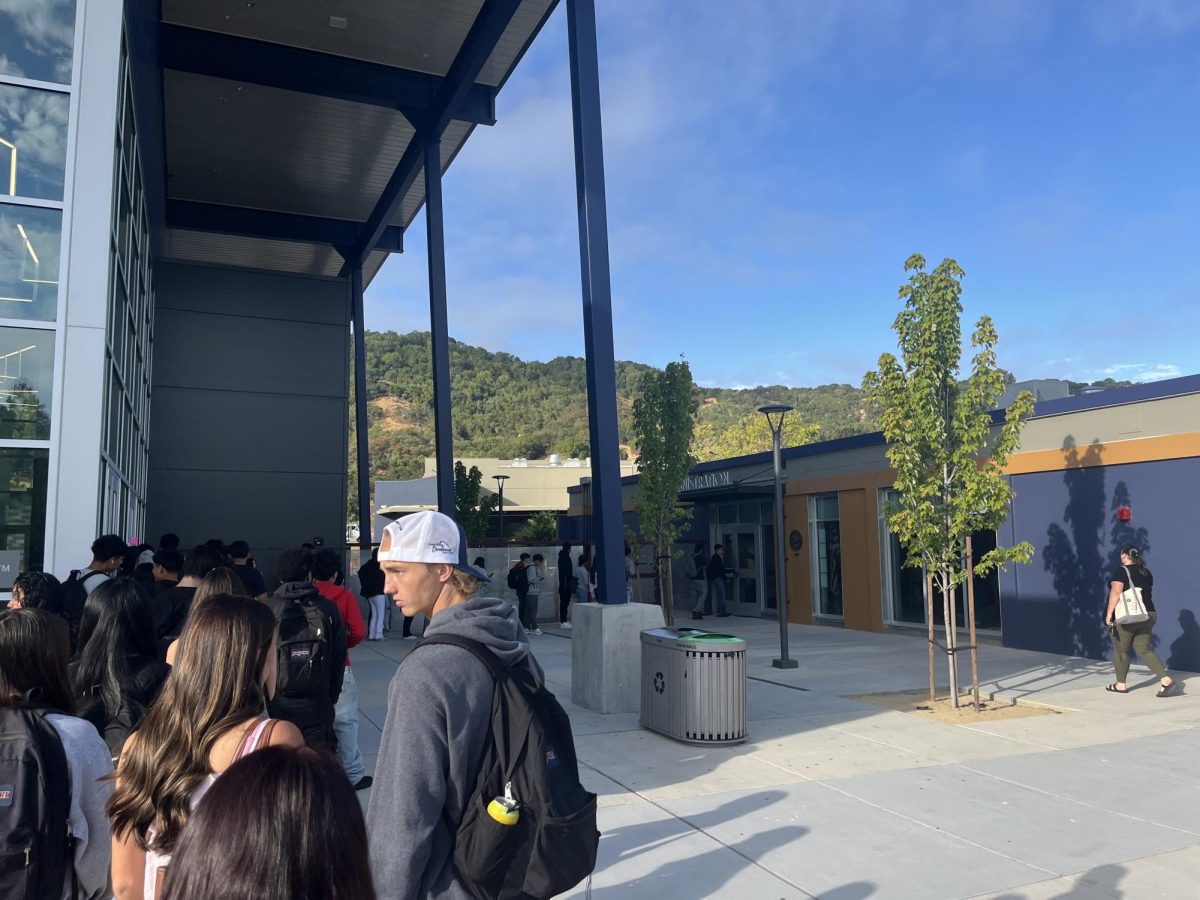






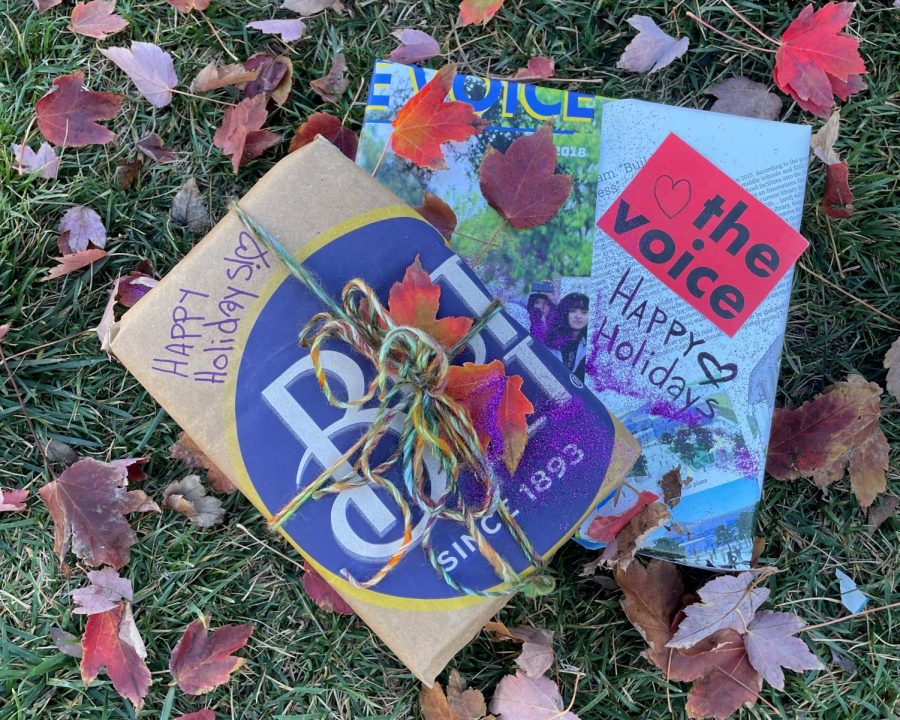
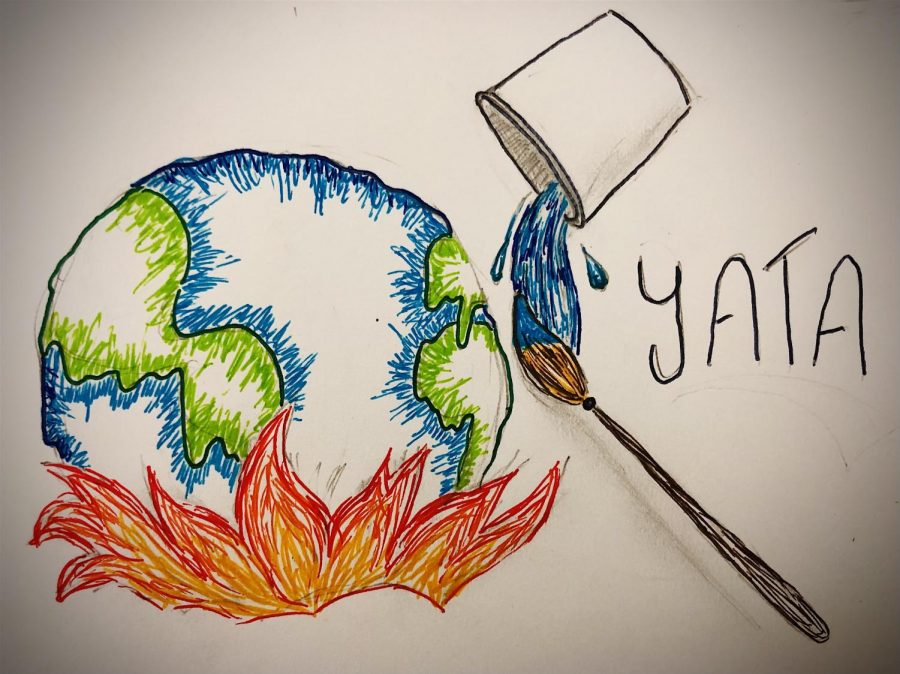
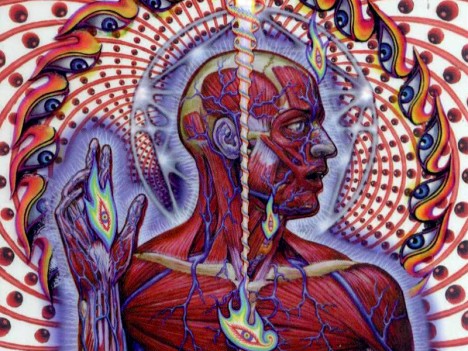









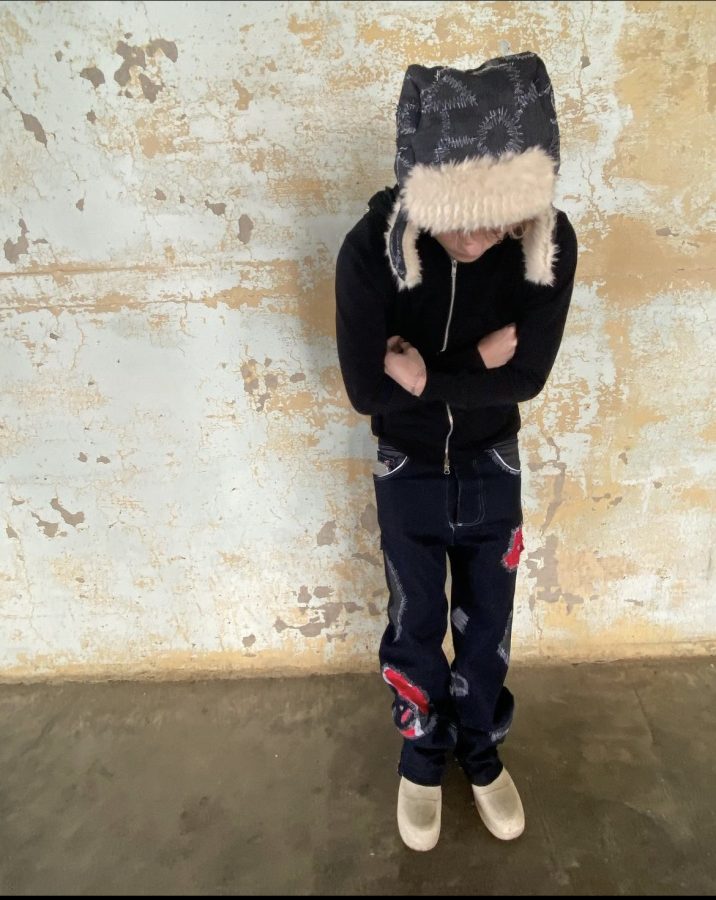
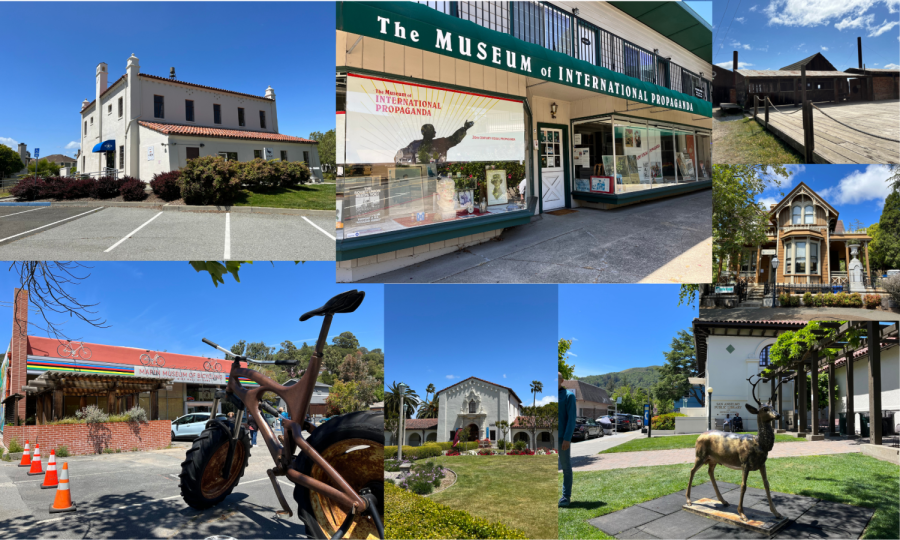
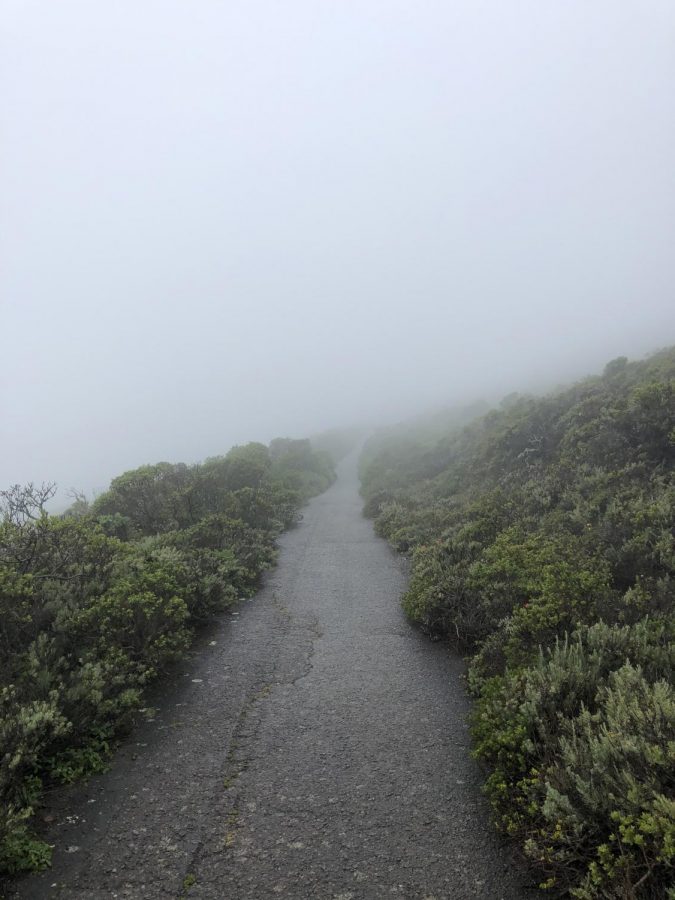











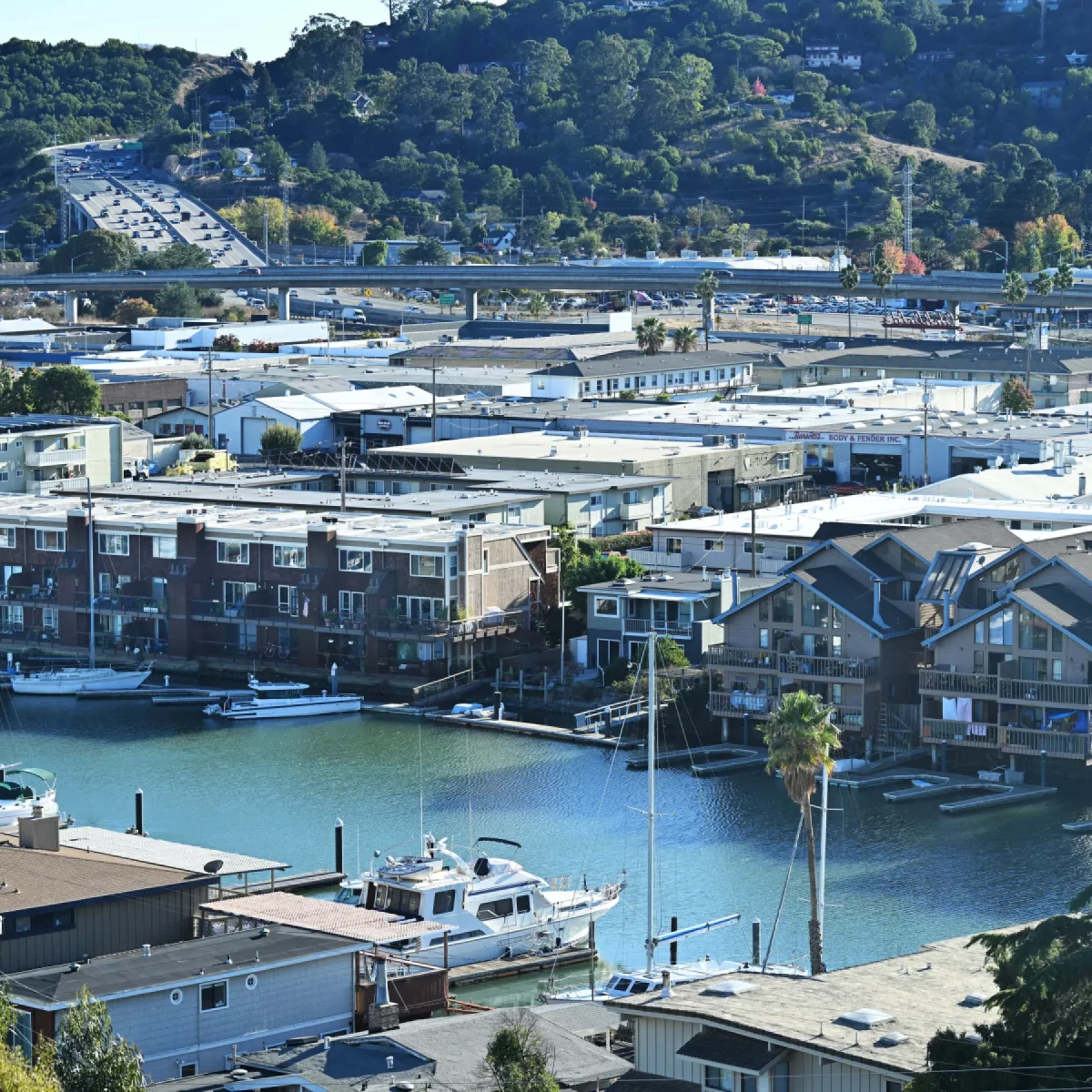



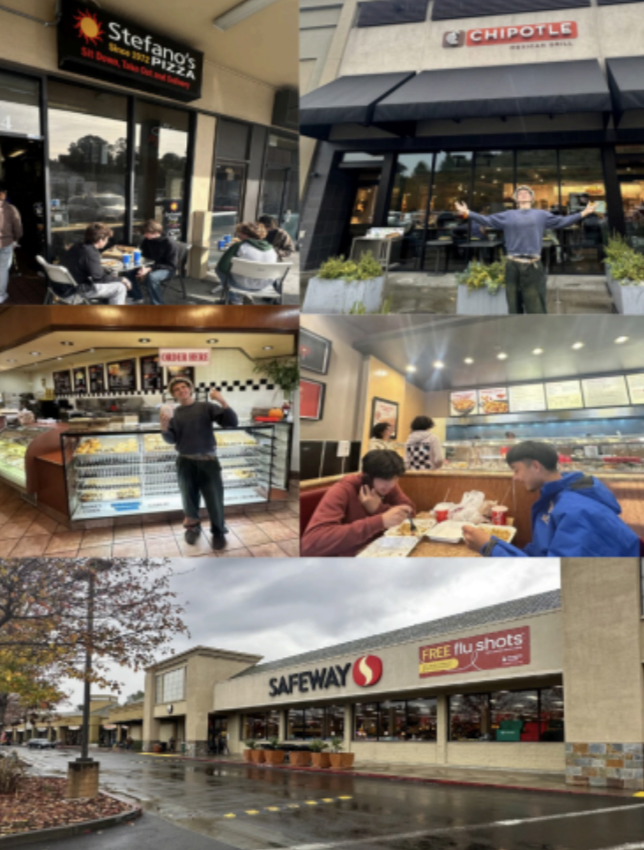
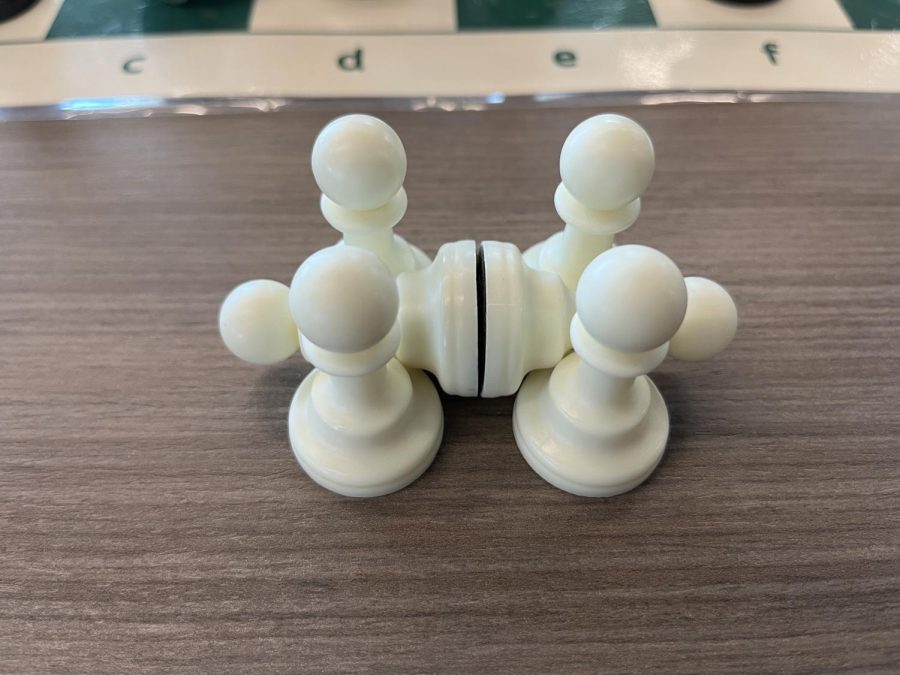
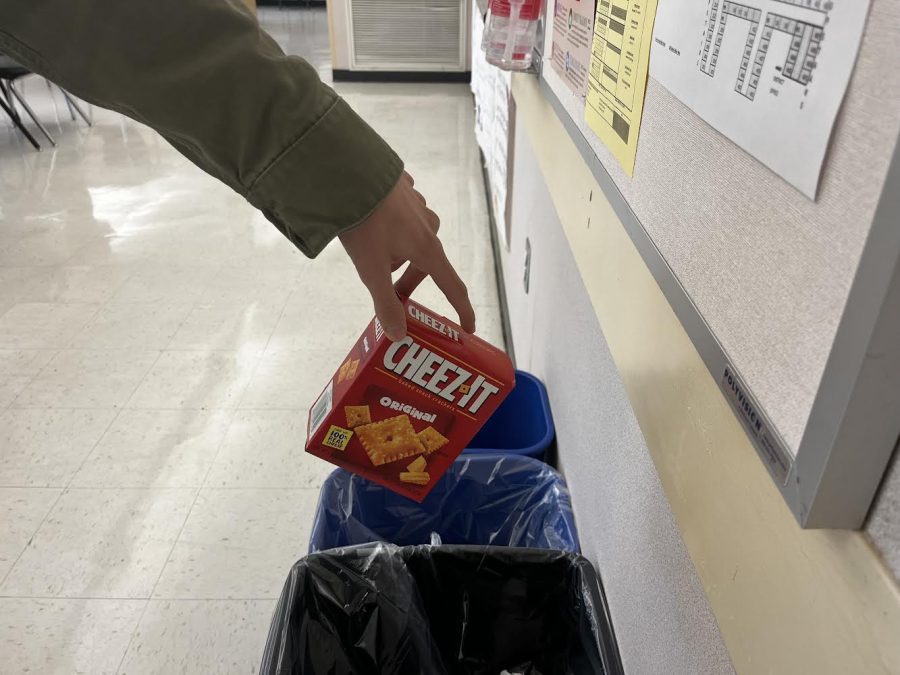

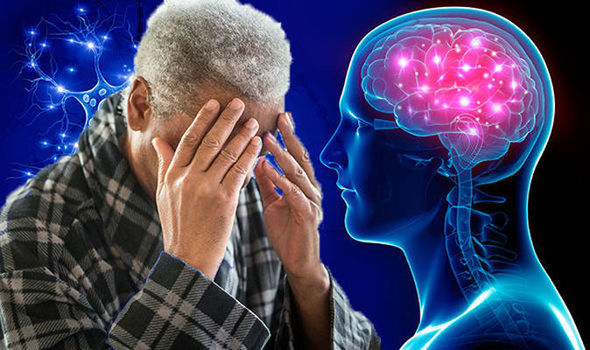
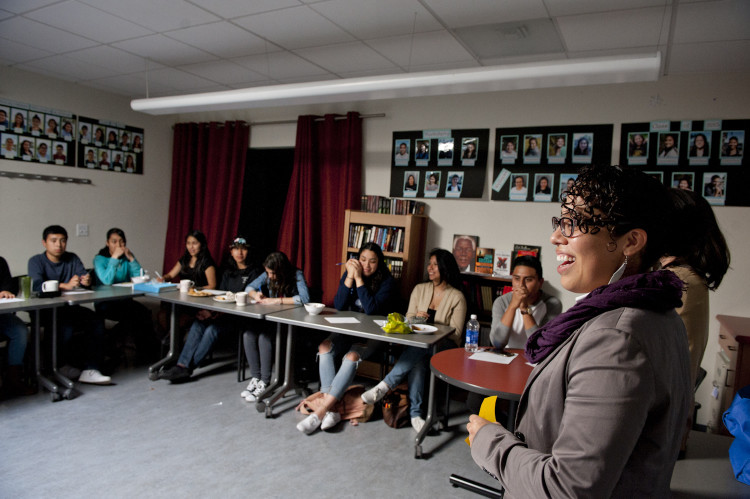




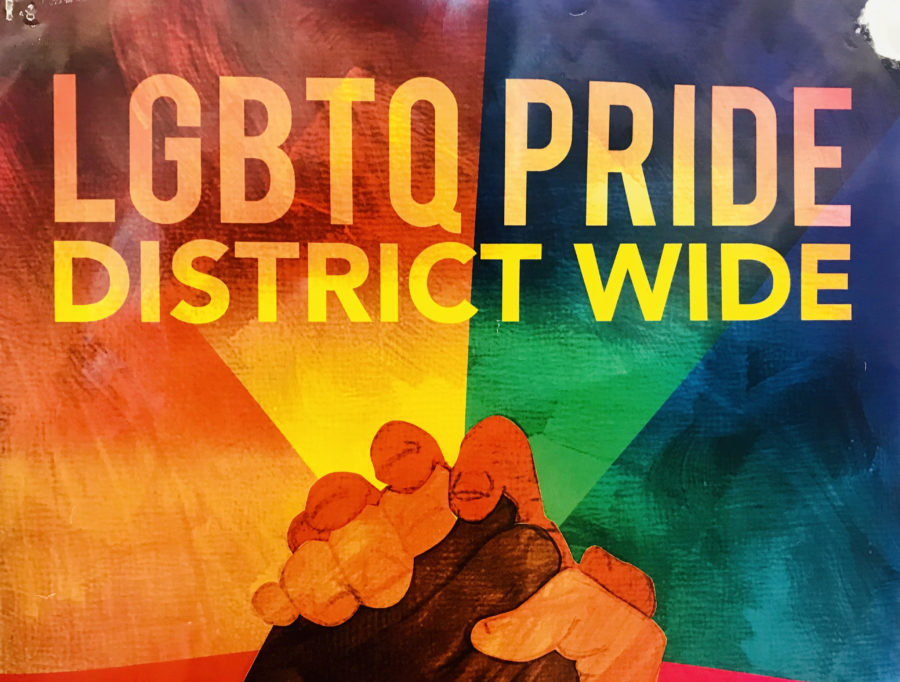

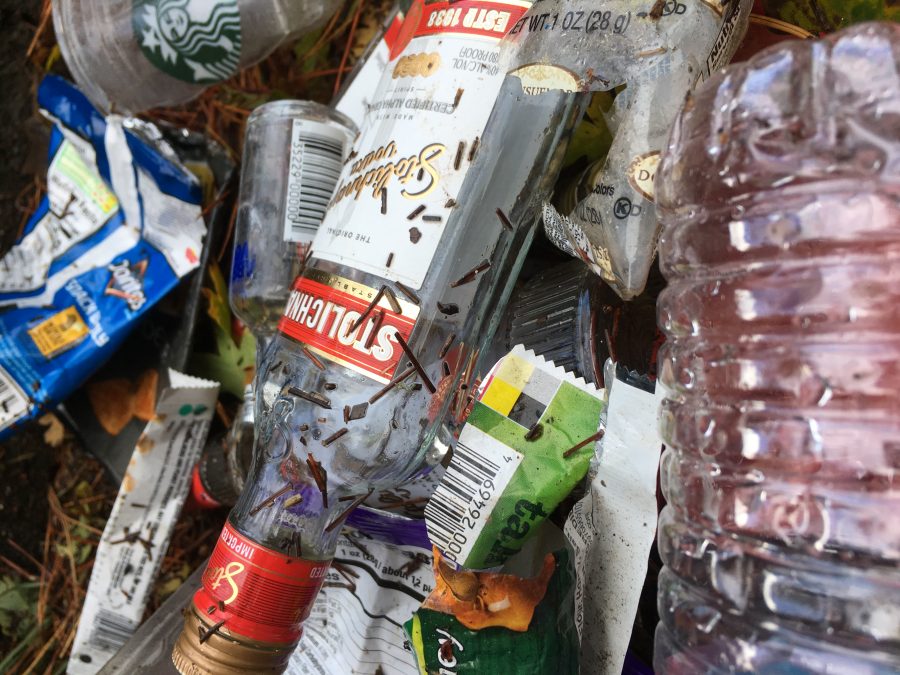


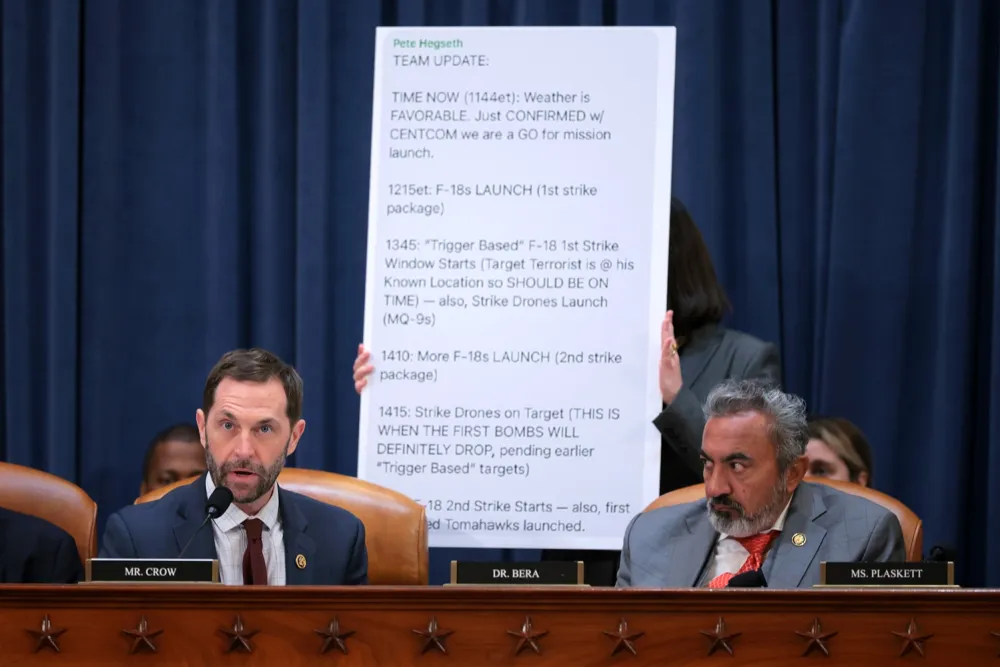


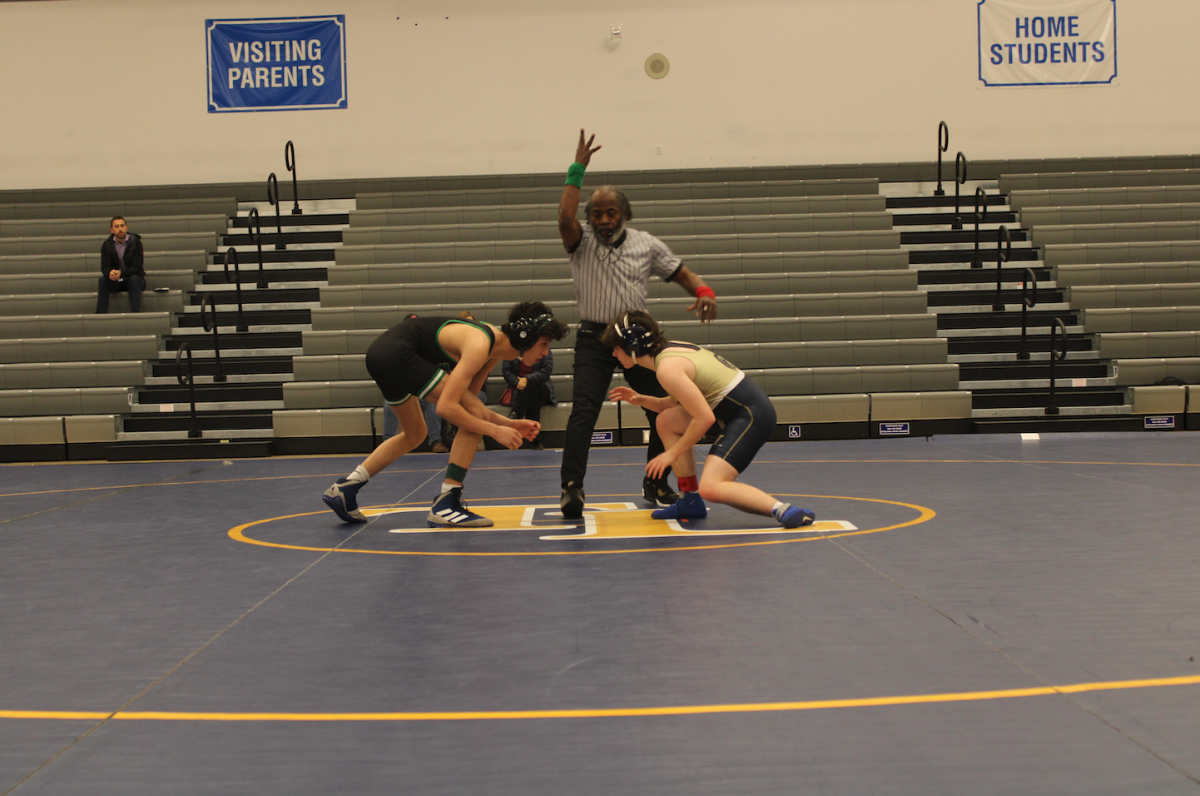


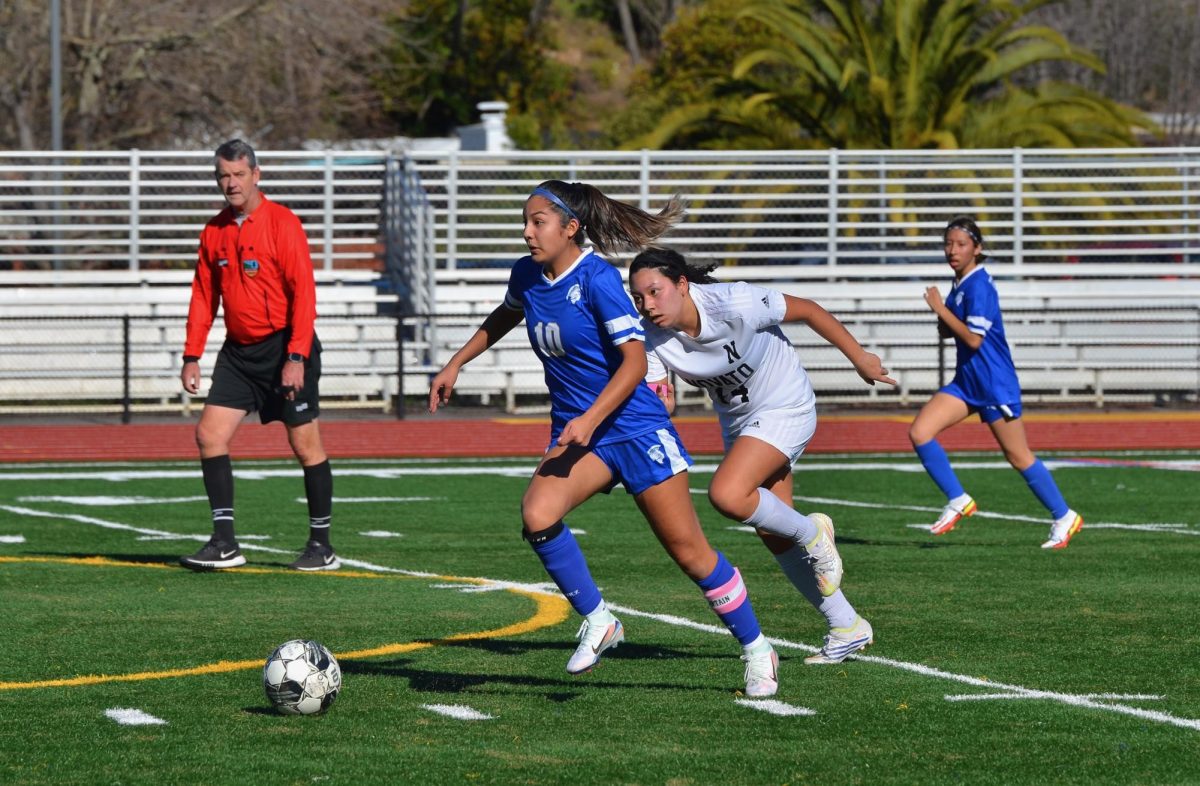



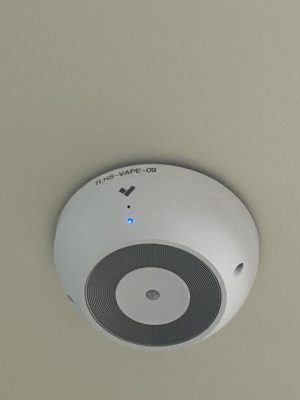
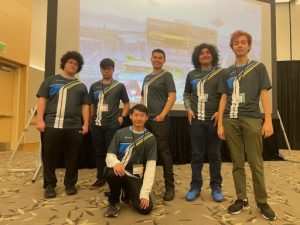
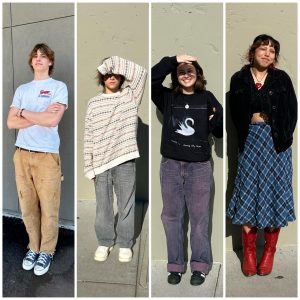
jennifer Hynes • Dec 3, 2021 at 2:37 pm
wow, beautiful piece. Thank You for advocating for the unhomed.
Mary Hurst Meyer • Dec 7, 2021 at 12:29 pm
Thank you for calling our attention to this very serious problem. This is the time of year when we think about giving and doing but homelessness is an everyday truth for many. Mary Hurst Meyer